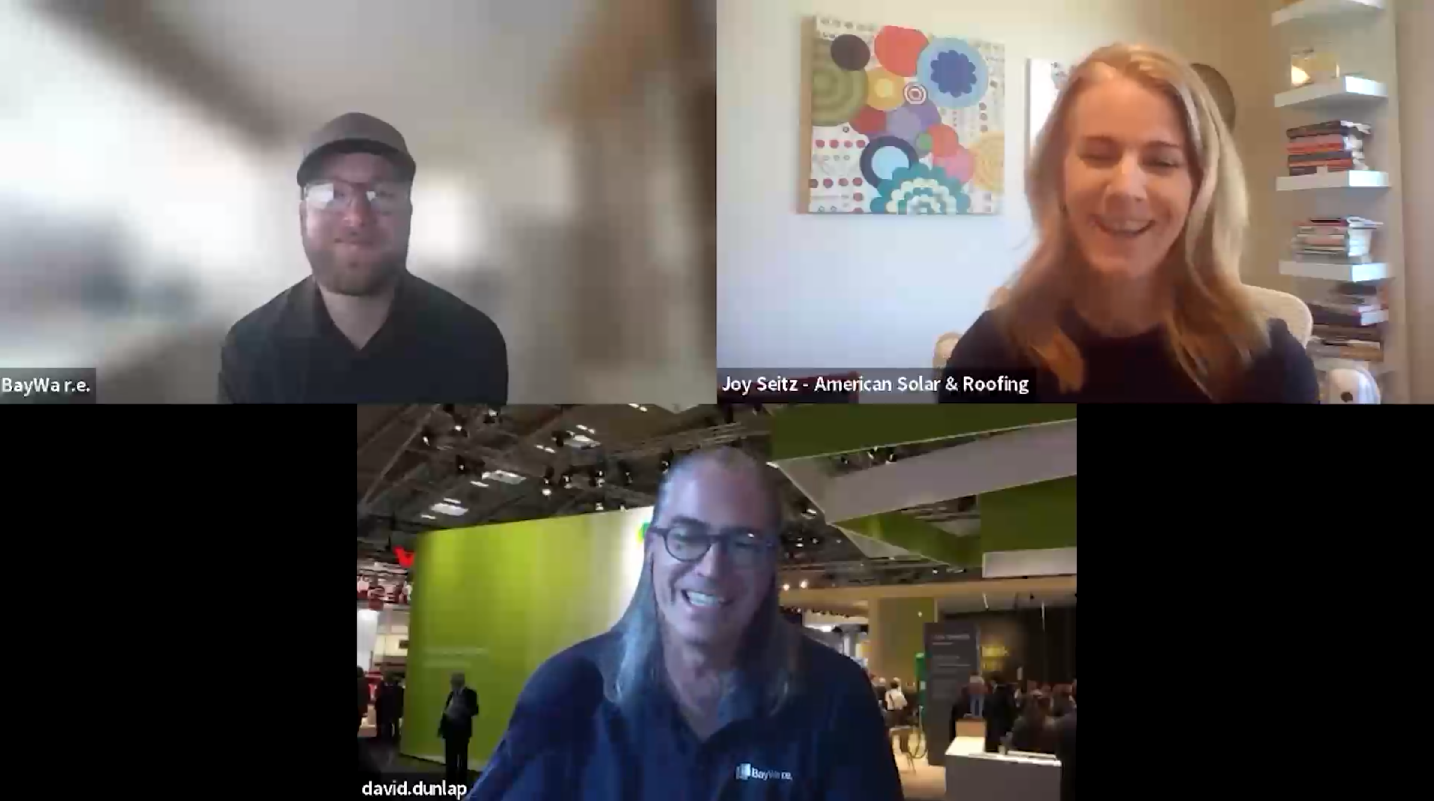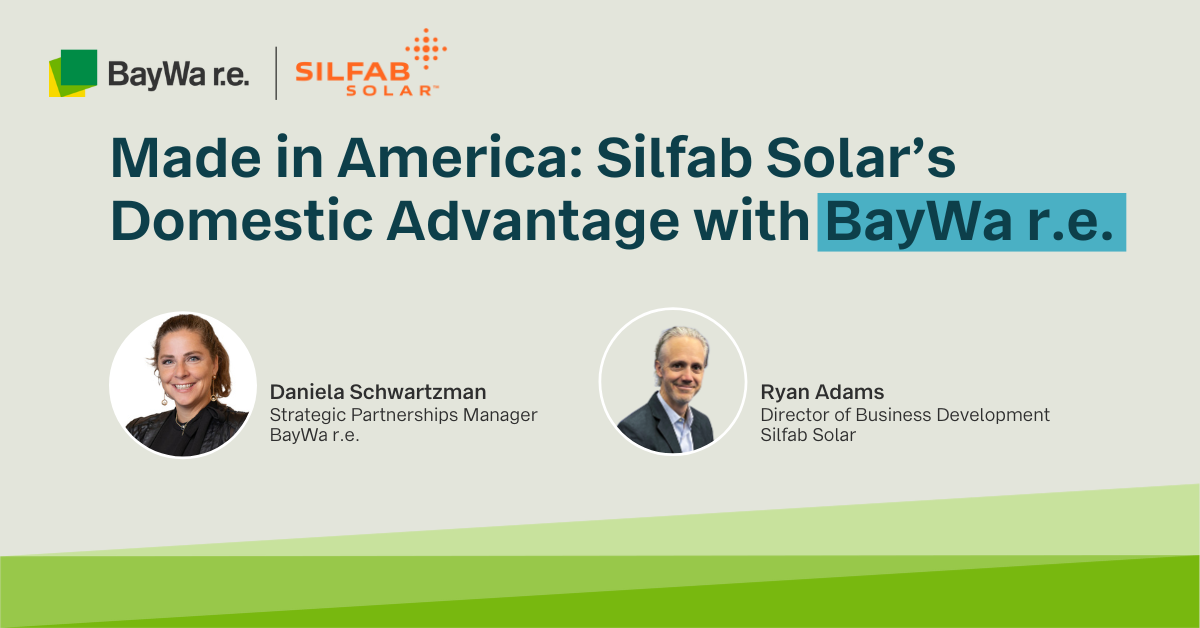
Myriad technologies have benefited, and are even more successful, thanks to standardization.
Electrical equipment, video file formats, Wi-Fi, networking and cellular communication, are just a few examples of industries in which standardization has reduced complexity and cost, while making wide-spread adoption possible.
However, most solar deployments still use proprietary monitoring, control technology, and communication protocols that limit their flexibility and cost reduction potential. This impacts many steps in the solar value chain, such as solar plant management, design considerations, and system operating expenses.
In our recent article, “Round Peg, Round Hole,” we discuss how, even if two PV module connectors from different manufacturers can physically be connected, issues may still arise from a broken UL listing, the durability of the contact points, warranty and liability concerns, and more.
But what if this wasn’t a concern at all?
The rules of the solar manufacturing game are changing
The SunSpec Alliance, founded in 2009 by Tom Tansy, includes over 100 solar and storage distributed energy industry participants. Together they’re pursuing information standards to enable “plug & play” system interoperability for our industry. These standards include information models, data formats, interfaces, security mechanisms, communication protocols, and more.
SunSpec Alliance members include developers, manufacturers, and service providers from Asia, Europe, and North America.
According to a SunSpec white paper: “Members of the SunSpec Alliance are forming an ecosystem of products, services, and information systems that work well together, cost less to build and operate… wherever they are deployed.”
The information standards pursued by the SunSpec Alliance include:
- Information models
- Data formats
- Interfaces
- Security mechanisms
- Communication protocols
- And more
The SunSpec Alliance hopes to pave the way for real “plug & play” possibilities in solar technology.
You can view and download the specifications at www.sunspec.org
What does it mean for solar contractors?
In an ideal world, information standards like SunSpec would allow solar contractors to design the “perfect” PV system to fit their customers’ needs.
With a range of product choices, from a variety of manufacturers, the contractor can tailor-fit the system for their customers and know that the products will be safe to combine, and will communicate together properly.
In this way, information standards help expand the overall range of solar solution choices, which can make installations faster, cheaper, and easier to sell.
Information standards can also address operational aspects of solar PV power and energy storage plants on the smart grid — including residential, commercial, and utility-scale systems. This not only reduces cost but promotes technology innovation and accelerates industry growth by opening up a variety of cost-effective, simple-to-use solutions.
Real-World Examples:
One de-facto standard is that you can now mix and match most inverters with most modules, which gives installers and system buyers more flexibility and solution options.
The Modbus SunSpec microinverter communication standard paved the way to allow most inverters to be connected to third-party dataloggers. Now customers have more choice and are not locked into a proprietary monitoring system from a specific inverter manufacturer.
Another achievement of the SunSpec Alliance is the establishment of a Rapid Shutdown Functional Specification, which offers solar contractors a cost-effective solution to meet the Rapid Shutdown requirements in NEC 2017. Manufacturers who build products to this open standard — supporting communication between inverters, modules, and string combiners — ensure code-compliant solutions without locking consumers into single vendors.
Want to learn more?
Explore on your own the four key areas to the alliance – specifications, certification, software, and becoming a member at www.sunspec.org.
What are your thoughts about information standards? Let us know what you think in the comments below.




